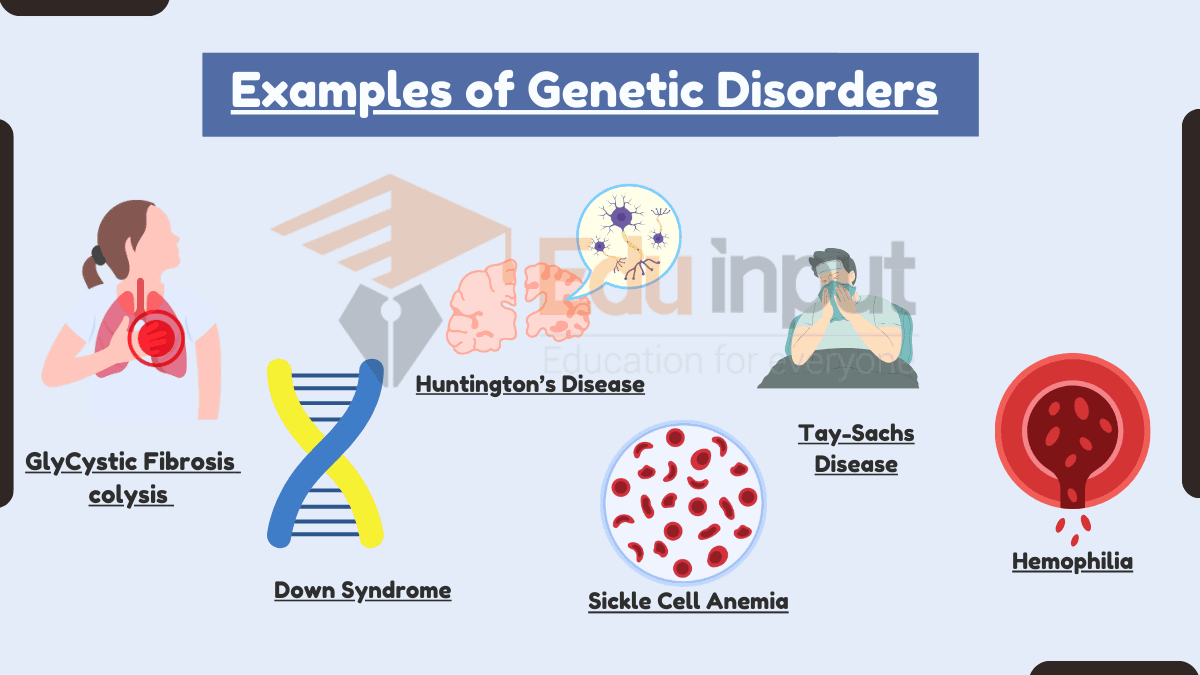10 Examples of Neurotransmitters
August 10, 2023
Neurotransmitters are chemical messenger that are used to transfer nerve impulse between neuron during the process of synapses.
Examples of Neurotransmitters
Here are some examples of Neurotransmitters:
1. Acetylcholine
- Characteristics: The most abundant neurotransmitter in the brain. Plays a role in muscle movement, attention, learning, memory, and regulation of heart rate, blood pressure, and digestion.
- Function: Excitatory and inhibitory functions, muscle stimulation, cognitive processes, and autonomic functions.
2. Cholecystokinin
- Characteristics: Released by the small intestine in response to food. Regulates digestion by stimulating bile and enzyme release. Involved in satiety.
- Function: Hormonal regulation of digestion, appetite control.
3. Dopamine
- Characteristics: Involved in movement, motivation, learning, and reward. Associated with pleasure and addictive behaviors.
- Function: Excitatory and inhibitory functions, pleasure and reward sensation, motivation, addictive behaviors.
4. Serotonin
- Characteristics: Inhibitory neurotransmitter involved in mood, sleep, appetite, and pain perception.
- Function: Mood stabilization, sleep regulation, appetite control, pain modulation.
5. Endorphins
- Characteristics: Opioid neurotransmitter produced in the brain and pituitary gland. Has analgesic effects, released during exercise and stress.
- Function: Pain reduction, sense of well-being, response to stress and exercise.
6. Epinephrine
- Characteristics: Hormone released by adrenal glands in response to stress. Also functions as a neurotransmitter. Prepares the body for “fight or flight.”
- Function: Excitatory and hormone functions, stress response, heart rate and blood pressure increase.
7. GABA (Gamma Aminobutyric Acid)
- Characteristics: Main inhibitory neurotransmitter in the brain. Calms the brain, reduces anxiety, and is involved in sleep, learning, and memory.
- Function: Inhibition of neuronal activity, anxiety reduction, sleep regulation.
8. Norepinephrine
- Characteristics: Excitatory neurotransmitter involved in mood, arousal, attention, and stress response.
- Function: Mood regulation, stress response, attention control.
9. Glycine
- Characteristics: Inhibitory neurotransmitter most abundant in the spinal cord. Regulates muscle movement and pain perception.
- Function: Inhibition of motor neurons, pain perception regulation.
10. Histamine
Characteristics: Excitatory neurotransmitter involved in sleep, wakefulness, appetite, and allergic reactions.
Function: Excitation of sleep-wake cycles, appetite regulation, immune response.
File Under:

 written by
written by 


Leave a Reply